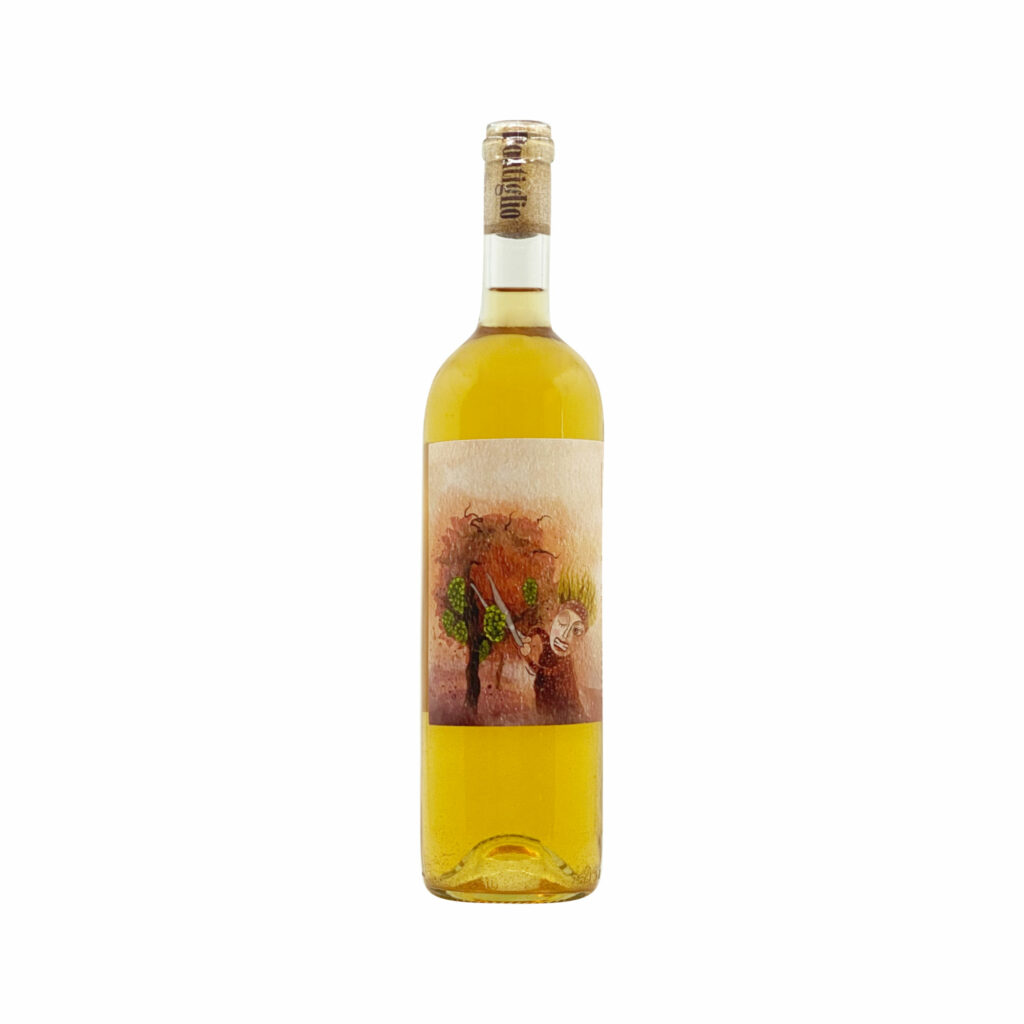Pontiglio (meaning “stubborn” in Latin) was stubbornly built at a time of easy riches from tourism, even subsidized by the government. Babis and Athina took over their families’ 150-year-old ungrafted vineyards, planted with the island’s local varieties Kakotrygis (white) and Skopelitiko (red), and set out to preserve and revive the rich, local viticultural tradition.
The cultivation of the vine in Corfu is lost in the depths of the centuries. Homer mentions the wine and the cultivation of the vine in Corfu, when during the hospitality of Odysseus in the country of the Phaeacians, he was offered plenty of wine. An important reference to viticulture in Corfu is found in Xenophon’s Greek (6.2.6). In 373 BC the Spartan general Mnasippos landed at Corfu and his soldiers plundered “…the rural areas, which were beautifully cultivated and planted, as well as the magnificent mansions and wine cellars built on the farms; so much so that it was said that his soldiers to the point of not accepting to drink anything but aromatic wine.”
Around 200 AD, Athenaios in his Deipnosophistae mentions that Corfu wine is pleasant when it ages. During the handover of Corfu to the Venetians, wine was the most important product of the island (Mustoxidi, Delle Cose).
The vineyards are spread among 12 different plots, in and around the village of Lefkimmi, in southern Corfu.


